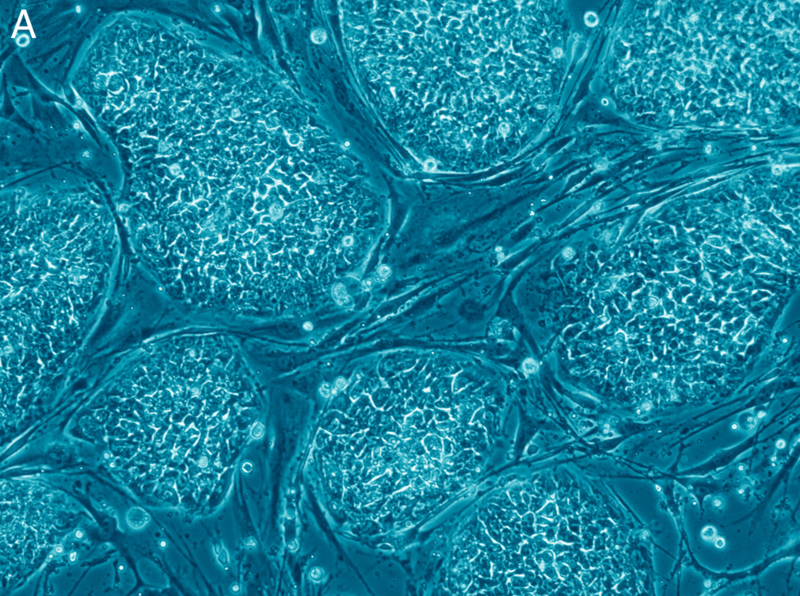The similarity between induced pluripotent stem cells (iPS)[1] and human embryo stem cells (hESC) is often challenged by those defending the “gold standard” for hESC. Studies were intended to highlight the “significant differences” between both types of stem cell but only a limited number of cell lines of different origin were analysed. In a new study published in the Stem cell report, scientists compared iPS cells obtained from different types of adult cells [2] previously differentiated per se from embryo stem cells. All of these cells were therefore isogenic, i.e. they comprised the same genes.
Professor Dmitry Ischenko’s team at the Moscow Institute of Physics and Technology, carried out an in-depth study of changes in the mechanism of gene regulation. Scientists concluded that neither the type of reprogrammed adult cells nor the reprogramming process left any traces. Differences between the cells are the result of random factors.
[1] Reprogrammed stem cells or induced pluripotent stem cells (iPS) were discovered by Professor Yamanaka in 2006. They are obtained from adult cells. The reprogramming procedure involves activating the pluripotent genes and eliminating the genes responsible for cell specialisation, using four specific proteins.
[2] Fibroblasts, retinal pigment epithelial cells and neural cells.
Science daily (10/06/2016)

